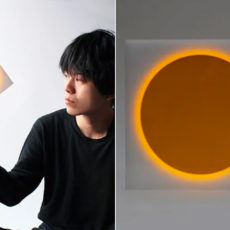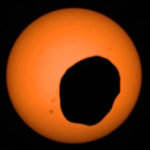
ESA’s Proba-3 mission, consisting of two orbiting satellites, has officially created the world’s first artificial solar eclipse. ASPIICS Science Operations Centre (SOC), hosted by the Royal Observatory of Belgium, processed the images that you are about to see. How so? A dedicated team of scientists and engineers creates operational commands for the coronagraph based on requests from the scientific community.
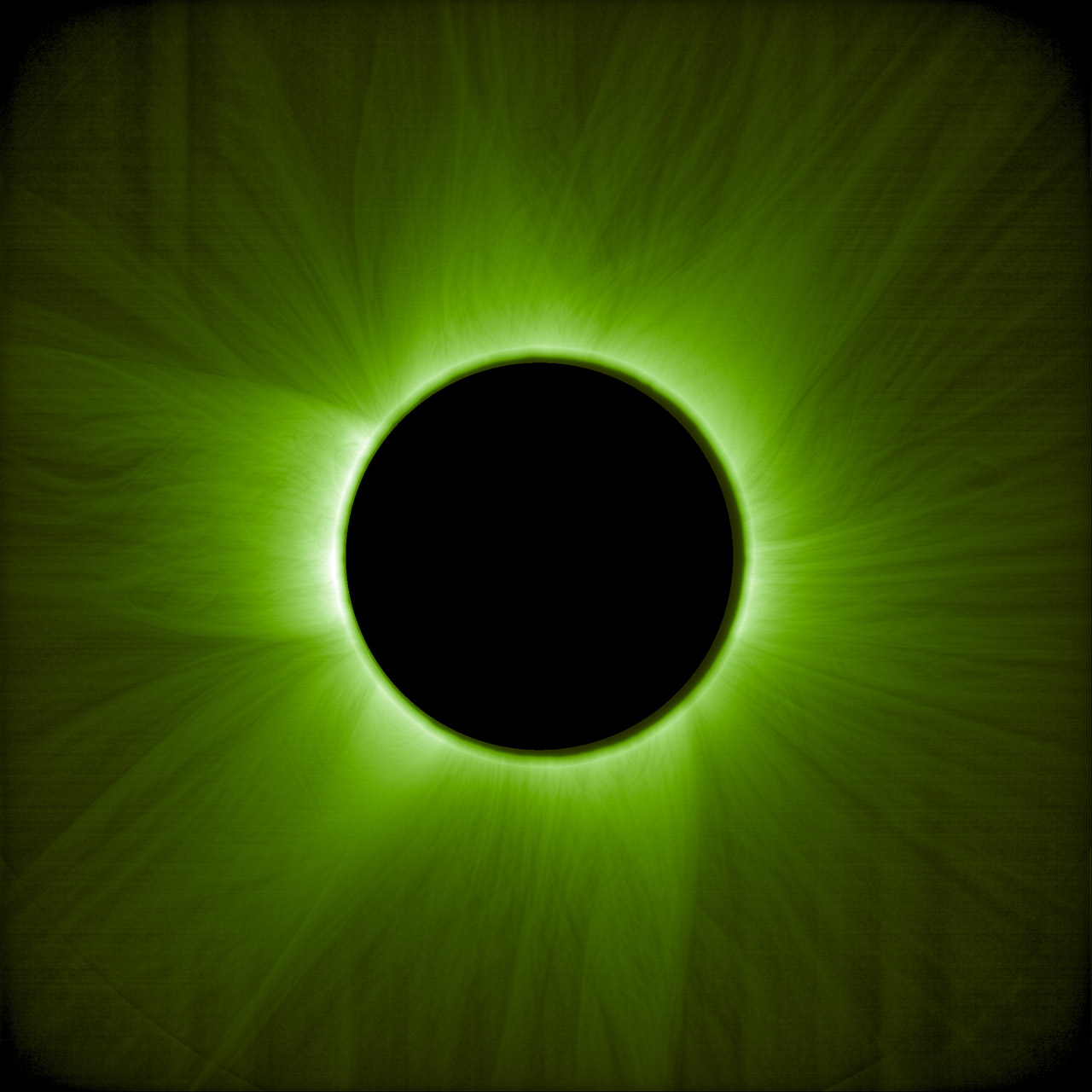
Solar eclipses basically occur when the Moon lines up just right with the Sun, draping its shadow across Earth. For a fleeting few minutes, scientists get a rare shot to study the Sun’s outer atmosphere. But these natural spectacles are tough to predict, and their brief duration leaves researchers hungry for more data. Proba-3 sidesteps these constraints entirely. By flying two spacecraft 150 meters apart in perfect formation, the mission creates an eclipse on demand, holding it for up to six hours per 19.6-hour orbit. “Our ‘artificial eclipse’ images are comparable with those taken during a natural eclipse,” says Andrei Zhukov, principal investigator for Proba-3’s coronagraph. “The difference is that we can create our eclipse once every 19.6-hour orbit, while total solar eclipses only occur naturally around once, very rarely twice a year.”
- LEGO NASA Space Set - This adult LEGO set features the Space Shuttle Discovery and the Hubble Space Telescope from NASA’s 1990 STS-31 mission,...
- Solar System Exploration - Unlock the mysteries of our solar system with this engaging 2,354-piece project, packed with authentic details and...
- Shuttle Features Galore - The space shuttle model has an opening payload bay, retractable landing gear, opening cockpit, moving elevons, space arm,...
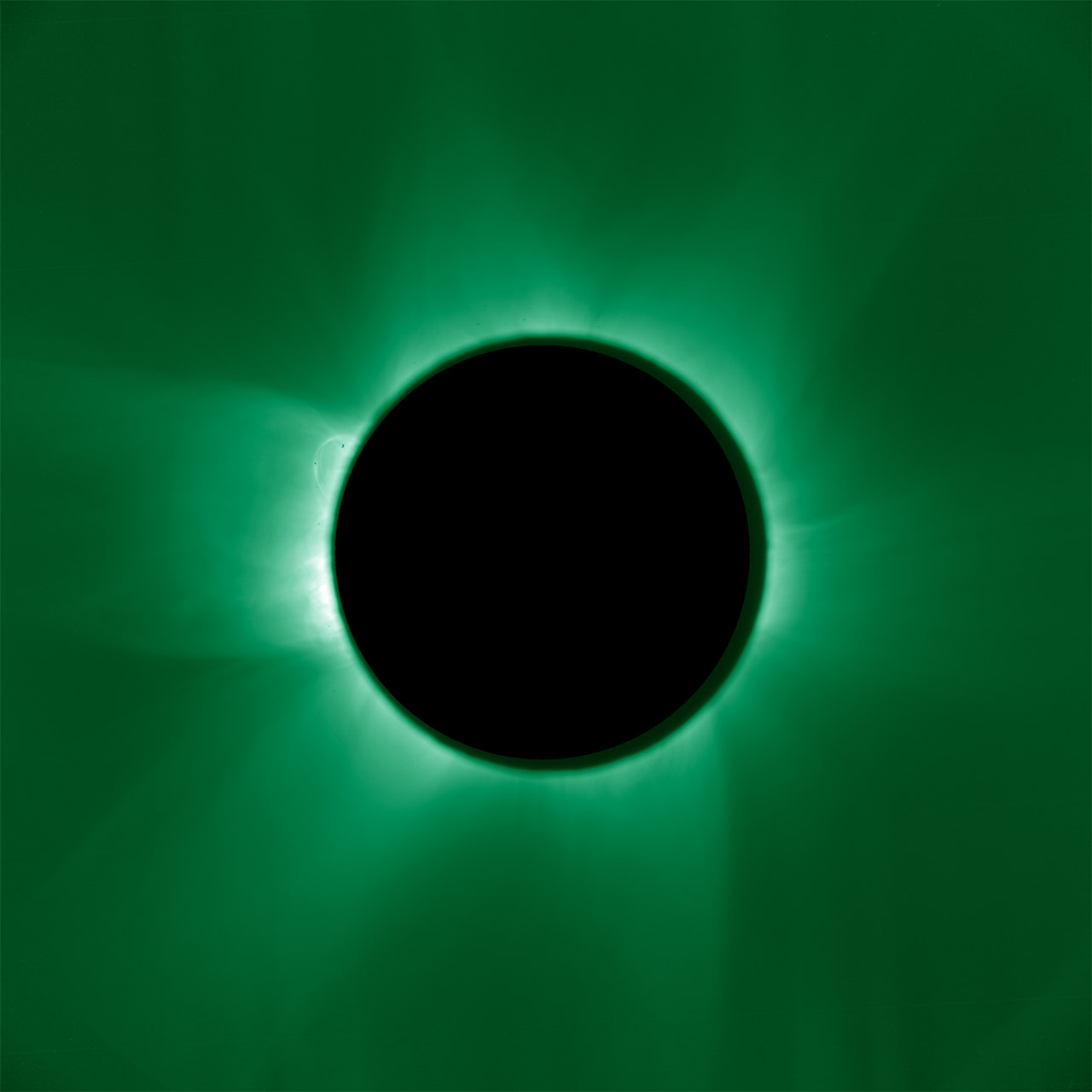
One satellite, the Occulter, wields a 1.4-meter disc to block the Sun’s disc, casting an 8-centimeter shadow onto the second satellite, the Coronagraph, which houses the ASPIICS (Association of Spacecraft for Polarimetric and Imaging Investigation of the Corona of the Sun) instrument.
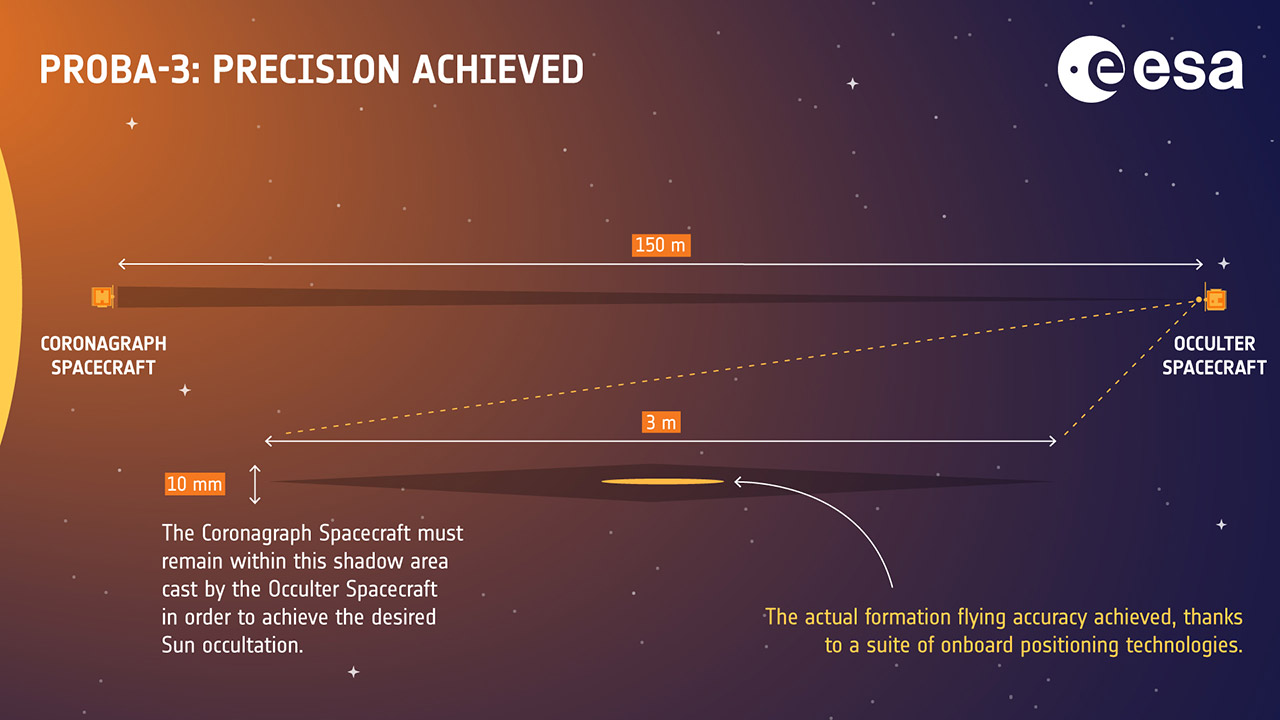
A suite of technologies—GPS navigation, inter-satellite radio links, visible-light cameras, and laser-based sensors—ensures the spacecraft move as one. “The precision achieved is extraordinary,” says Dietmar Pilz, ESA’s Director of Technology, Engineering and Quality. “It validates our years of technological development and positions ESA at the forefront of formation flying missions.”
The implications stretch far beyond solar science. Formation flying could revolutionize space exploration, enabling virtual telescopes spanning kilometers or in-orbit satellite servicing to extend mission lifespans. Proba-3 also carries secondary instruments: the Davos Absolute Radiometer (DARA) measures the Sun’s total energy output, while the 3D Energetic Electron Spectrometer (3DEES) tracks electron fluxes in Earth’s radiation belts, aiding space weather studies.
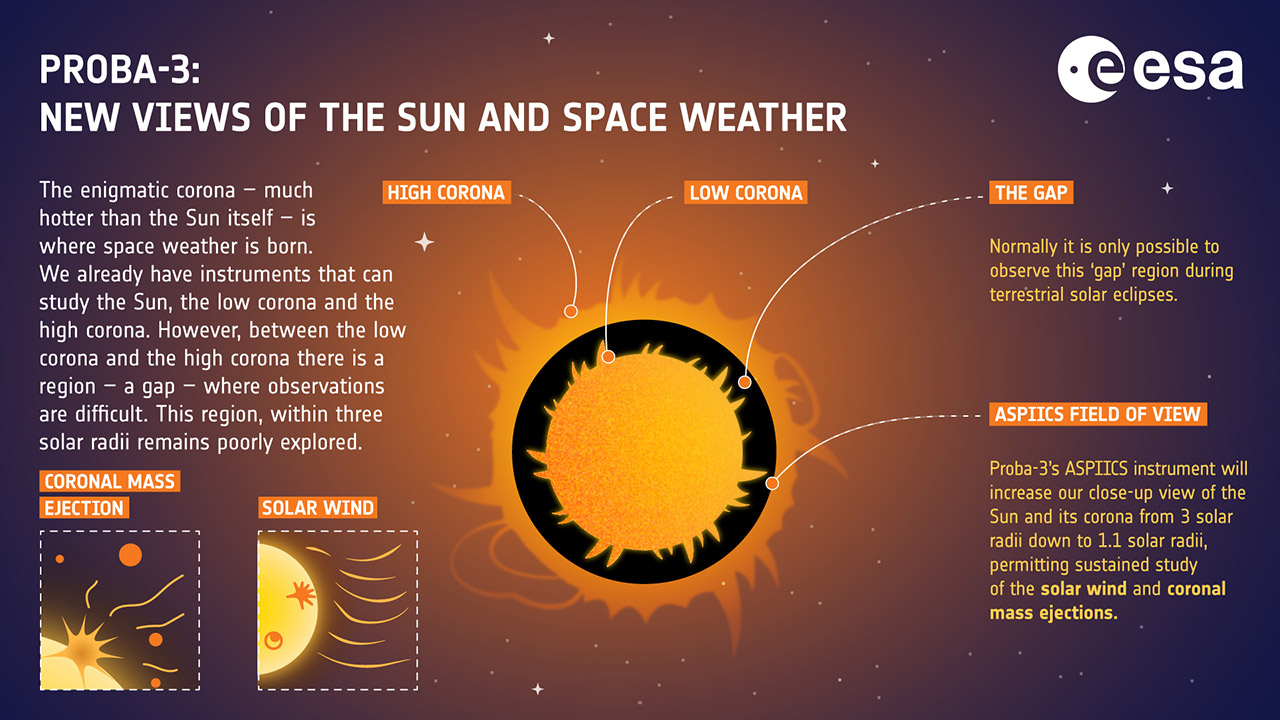
Over its two-year mission, Proba-3 will deliver roughly 1,000 hours of coronal data, freely available to researchers worldwide. “The coronal images resulting from the first rounds of ASPIICS’s observations offer a glimpse of the valuable data we can expect from this eclipse-making mission,” Pilz adds.





